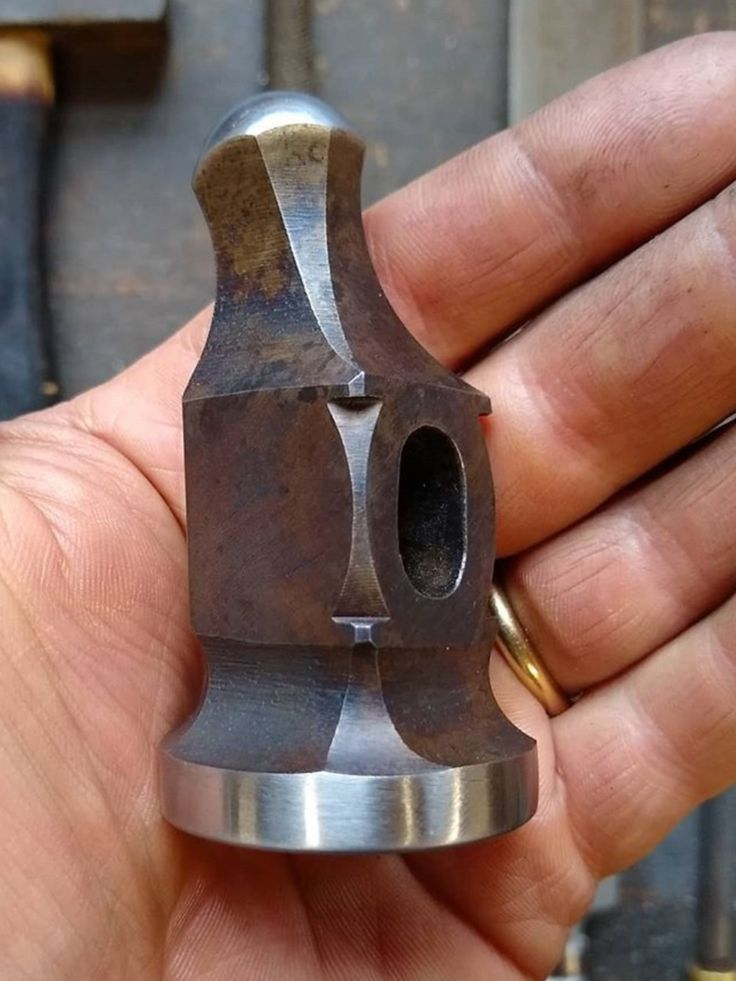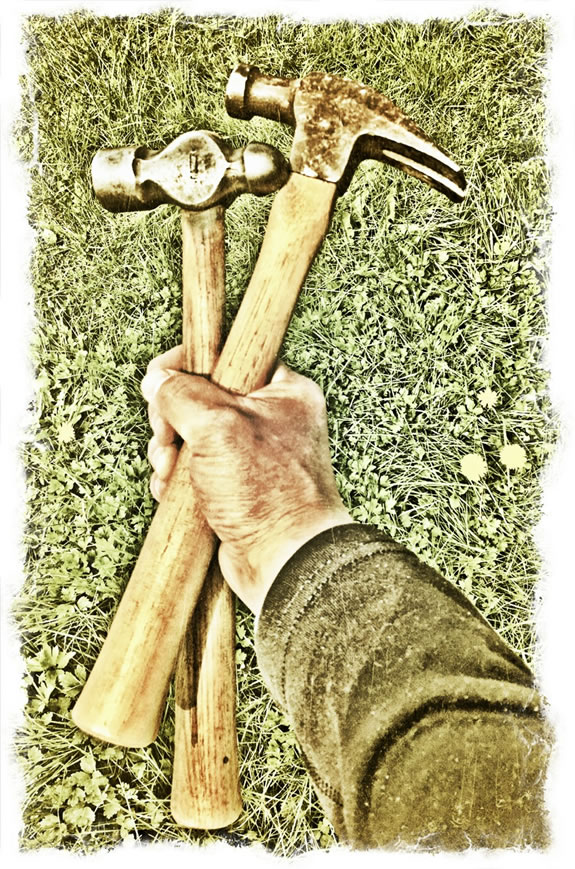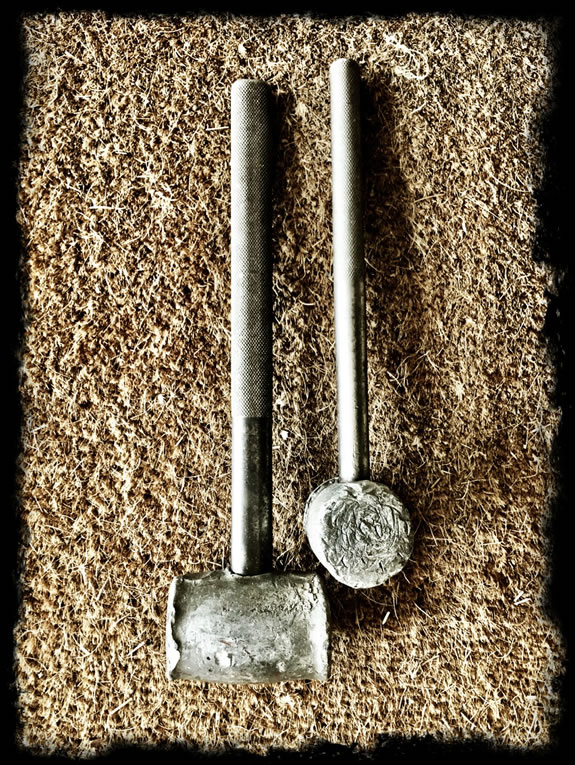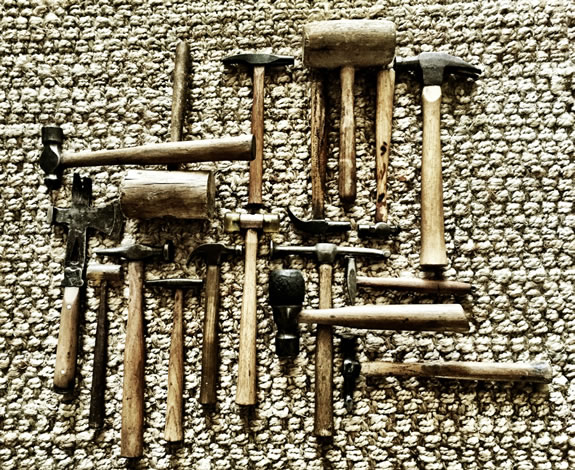Hammers, often overlooked as simple tools, carry with them a deep legacy of craftsmanship, utility, and even myth. Whether you’re a seasoned builder or just someone who enjoys tinkering around the house, the hammer is one tool that has stood the test of time. For me, this fascination has extended beyond just using them for practical purposes. I’ve found myself collecting old hammers, marveling at their design, balance, and history. There’s something deeply satisfying about wielding a tool that combines function and form so elegantly.

If you’ve ever considered how different hammers work, their weight, the materials they’re made of, or how the swing feels in your hand, then you’ll understand why this tool deserves more recognition than it typically gets. Let’s take a deep dive into the world of hammers, exploring everything from their design to the history behind them.
The Essential Design of a Hammer
At first glance, a hammer seems like a simple tool—just a handle and a head, right? But there’s much more to its design than meets the eye. Every part of a hammer, from the weight of its mallet head to the shape of its handle, serves a specific purpose. The design isn’t just about hitting things; it’s about hitting them well.
1. Weight and Balance: The Key to Efficiency
The weight of the hammerhead plays a pivotal role in how the tool performs. A heavier head delivers more force, making it ideal for tasks that require significant impact, like driving nails into tough wood or breaking concrete. Meanwhile, lighter hammers allow for greater control, making them perfect for precision tasks.
- Sledgehammers, for instance, are the heavyweights of the hammer world, designed for serious demolition work.
- Claw hammers, on the other hand, strike a balance between weight and control, making them the go-to tool for carpenters.
But it’s not just about weight; it’s about balance. A well-balanced hammer transfers the force of your swing efficiently, reducing the strain on your wrist and arm. This is where the handle comes into play.
2. The Handle: Wood, Metal, and the Perfect Swing
Hammers typically have wooden, metal, or fiberglass handles. Each material affects the tool’s performance in different ways:
- Wood handles are traditional and provide excellent shock absorption, reducing the impact on your hands.
- Metal handles are durable and ideal for heavy-duty work but can transmit more vibration, making prolonged use uncomfortable.
- Fiberglass handles offer a middle ground, balancing durability and comfort.
Length also matters. A longer handle offers more leverage, giving you a more powerful swing, while a shorter handle gives you more control for delicate tasks. And don’t overlook how the handle is attached to the head—whether it’s wedged, nocked, or split. This ensures that the head stays securely in place, avoiding any dangerous flying hammerheads.

Aesthetics and Function: The Philosophy of Wabi-Sabi in Tools
There’s something deeply beautiful about a well-worn tool. In fact, this concept ties closely with the Japanese philosophy of wabi-sabi, which finds beauty in imperfection and transience. Old tools, like hammers that have been passed down through generations, carry with them the marks of time and use.
- Worn wood handles, smooth from years of work.
- Rusty hammerheads, chipped and worn but still functional.
These tools embody rustic utility and aged beauty. They may not look pristine, but their wear tells a story of labor, care, and function. In a way, each nick and scratch becomes part of the tool’s aesthetic, making it even more valuable over time.
The Variety of Hammers: More Than Just Nail Drivers
Many people think of hammers as just a tool for driving nails, but the world of hammers is far more diverse than that. Let’s look at some of the many types of hammers and their unique purposes:

1. Sledgehammers and Beetles
These are the powerhouses of the hammer world, used for breaking apart concrete, driving stakes, or pounding heavy materials. They are heavy, with long handles designed to generate maximum force.
2. Mallets and Ball-Peen Hammers
- Mallets are used for tasks that require a softer touch. They’re perfect for shaping metal, driving chisels, or working on delicate materials without leaving marks.
- Ball-peen hammers are the go-to tools for metalworking, their rounded head ideal for shaping metal without damaging the surface.
3. Specialized Hammers: From Bricklayer’s to Tack Hammers
Specialized hammers, such as bricklayer’s hammers, are designed for precision tasks like cutting and shaping bricks. Tack hammers are much smaller, used for driving tiny nails or tacks, often in upholstery work.
There’s even a hammer for doctors! Percussors, plessors, and plexors are used by physicians to test reflexes—proof that the humble hammer has a place in fields you wouldn’t expect.
The Historical Significance of Hammers
The hammer isn’t just a tool; it’s one of humanity’s oldest inventions. The earliest hammers, dating back to the Stone Age, were simple stones attached to wooden handles. As metalworking advanced, so did the hammer, evolving into a tool essential for everything from building to forging weapons.
One famous example is the London Hammer, a tool reportedly discovered in 1936 embedded in rock, sparking debates about its origin and age. While some speculate that the hammer dates back hundreds of millions of years, others argue that it’s much more recent. Regardless, this shows how long humans have relied on this essential tool.
In many cultures, the hammer is a symbol of strength and power. In Norse mythology, Thor’s hammer Mjölnir is a divine weapon capable of bringing down mountains and summoning thunder. Even today, the hammer continues to represent both physical and symbolic power.
The Evolution of Modern Hammers
Today’s hammers have come a long way from their primitive ancestors. Companies like Stanley have developed innovations such as the FATMAX Anti-Vibe hammer, designed to reduce the shock and vibration felt by the user. This allows for longer, more comfortable use, which is a huge benefit for professionals who rely on hammers for daily tasks.

With a wide range of materials, weights, and specialized designs, modern hammers are tailored to suit specific jobs. But despite all these advances, the basic concept of the hammer—leverage, weight, and impact—remains unchanged.
Conclusion: The Hammer as a Timeless Tool
Hammers have been a fundamental part of human history, evolving from simple stones to finely tuned tools designed for specific tasks. Their design, balance, and weight all contribute to their effectiveness, making them indispensable for anyone who works with their hands. Whether you’re driving nails, shaping metal, or simply marveling at the craftsmanship of an old hammer, there’s something timeless about this humble tool.
So, next time you pick up a hammer, take a moment to appreciate its history, its design, and the role it plays in both work and life. It’s more than just a tool—it’s a symbol of human ingenuity and craftsmanship, carrying with it the weight of centuries of use.


